How to Design a Monochrome Living Room: 5 Key Elements

Oftentimes, people tend to link the term monochrome to white and black shades only. They are not totally wrong, but monochrome living room design is not limited to just black and white interiors only.
It's so easy to create and design a monochromatic living room space with the right knowledge at hand, so I'm here with some great tips to help you manage and beautify your space. These monochrome living room decorating ideas are both fun and fabulous so let’s check them out.
A monochromatic scheme is a selection of a single hue and then using the tint and shade of the same color in the same space to create a beautiful design.
The combined result must, however, be smooth and easy on the eye, even for harsh and solid colors. If you have never designed a monochrome space before, or you have done it before and you want to do it even better this time, these tips are for you.
Monochrome is said to be the easiest and simplest way to go when you have a hard time selecting colors, but it's also tough to select the best tones to match your monochrome style. So, how do we create a monochromatic design without you making a mess of your space?
Table of contents
1. Color selection
Color selection is a very important aspect that you must think through because if it goes wrong, you won't be able to change it at the snap of your finger or raise your magical wand like Harry Potter and just change it. If you get it wrong, it will cost you time and money to fix it.
Don't think about color selection too much because one way or the other, there are colors we love, colors we are drawn to, and colors we just want to have around us.
So whether your color is blue, pink, or red, the lightest shade can be used on the wall to define and structure the space for other shades and things to be layered upon it.
2. Texture
The importance of texture cannot be overemphasized in a monochrome space. Texture is the surface quality of the material. This is an element of the interior design that makes a space visually appealing.
Just like colors, textures can also define how a room feels. The softness or the hardness of the space is determined by textures.
In designing a monochrome space, because there's no variety of colors, the texture is the only significant thing that differentiates surfaces, and it's the different textures that spice up your monochrome space.
The aim is to create visual interest, even if every item in the space is the same color.
Texture can either be visual or tactile. This is the best time to have a 3D panel wall, a wooden panel wall treatment, a matte sofa fabric, a floor area rug, and so on.
These things make your monochrome space more tasteful and give it some depth. Without texture, your space will be really bland.
3. Contrast
You also need to add a contrasting tone. When designing a monochromatic space, it doesn't necessarily have to be the same shade of color all through the design, especially if it's your first shot at it.
You can add a little contrasting color or item as well. For example, instead of going for a nice plain fur rug, go for something that has blue and a splash of other easy-going colors.
The contrast makes things pop and livens up your space. Although this is a rule that goes against the strict monochrome design, nothing is cast in stone as long as it comes out great.
4. Shape
You also need to play with shapes, which are another form of contrast. If you're designing with cold colors or neutral colors, you need to add some exceptional items to make the space a little bit unique.
Sometimes it's harder to design and make an impression with cold colors, like gray and other light hues. This is where sharp corners, circles, and pentagon-looking center tables all begin to matter.
5. Size
Lastly, if you're creating a monochrome space for the first time, you need to start small. Take one small space and see how it works.
Start with your small bathroom or kitchen, and when you have gotten comfortable designing small spaces and you have an eighty percent success rate, you can then move on to design larger spaces, like your living room.
Monochrome living room design
That's all I have for you today on designing monochrome living room spaces. I am sure you have learned a thing or two that will help you incorporate this design aesthetic in your home, going beyond the basic white and black hues so many people jump to.
What inspires you most about monochrome living spaces? Let me know in the comments section.










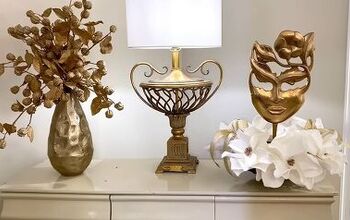
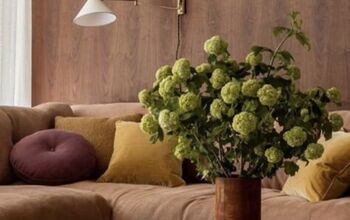








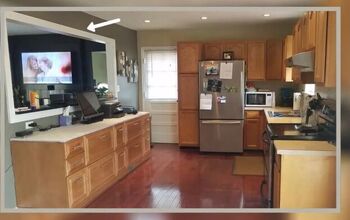
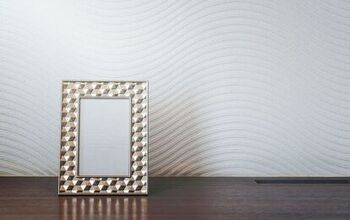

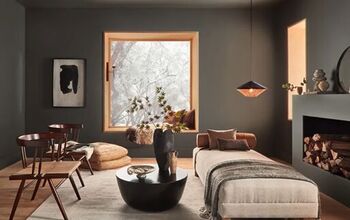

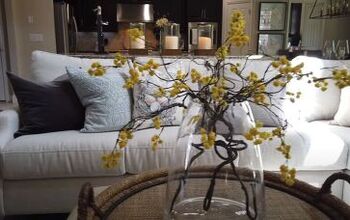
Comments
Join the conversation